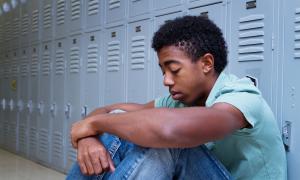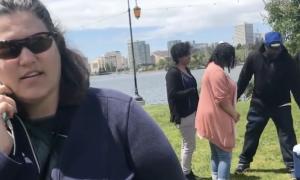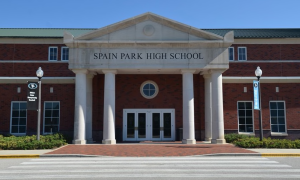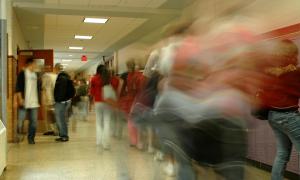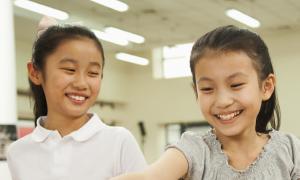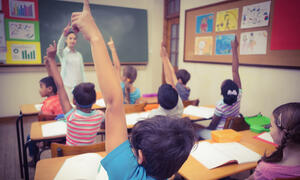article
Tell Us About Your Day: The Significance of a Closing Circle
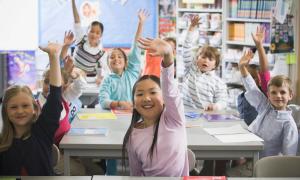
One elementary teacher explains how she uses closing circles to create a safe, reflective space for students to discuss their days with their classmates and leave school knowing that others care.
